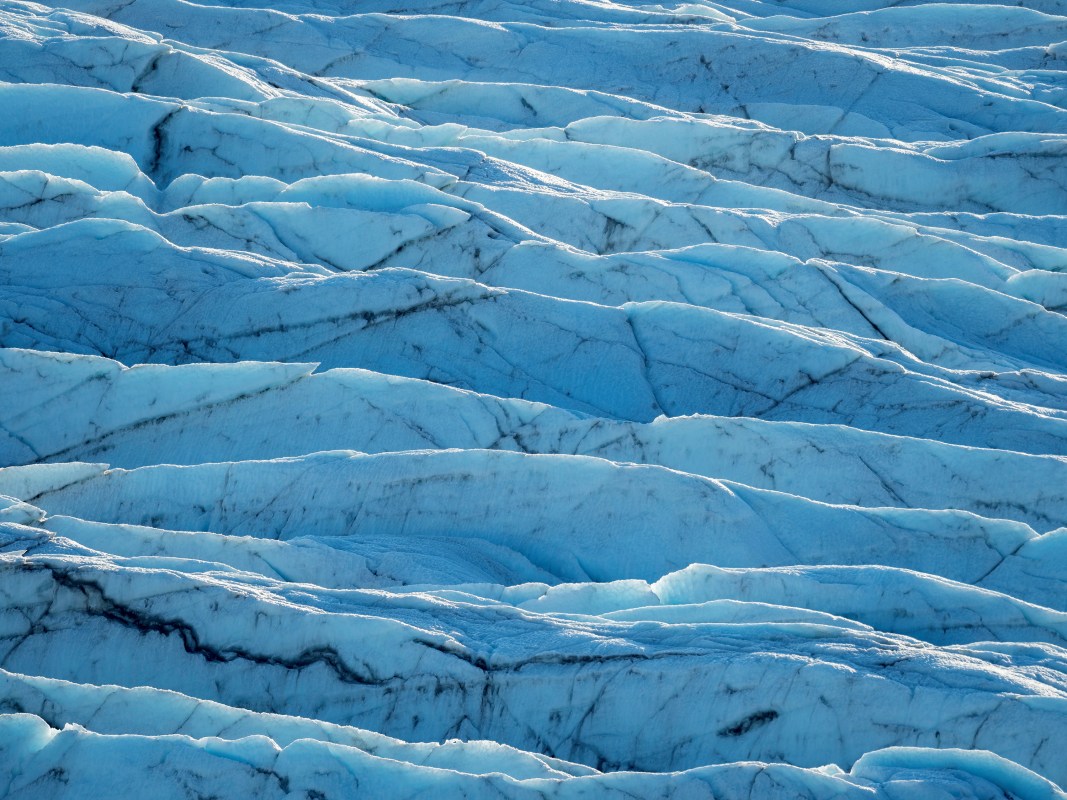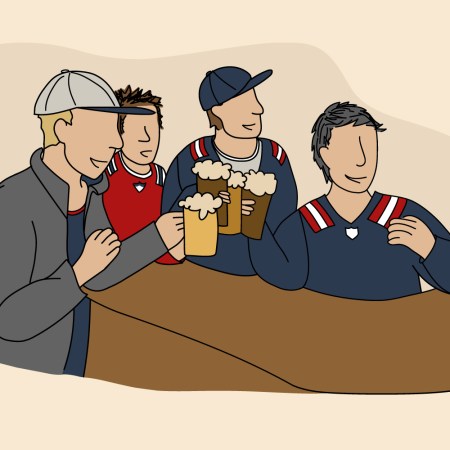Photographer Tom Hegen got a bird’s eye view of the melting ice sheets in Greenland when he took a plane up 3,000 feet in the air.
“Up in the air, you have to be very quick,” said Hegen, according to Atlas Obscura. Imagine trying to capture an image of an animal from a quarter-mile away, while in a car going 100 miles an hour. That’s what it’s like when Hegen shoots aerial photographs from a plane.
View this post on Instagram
The two degree Celsius Series. Documenting global warming effects on the Arctic Ice Sheet.
But from that vantage point, Hegen can see things that he couldn’t see from the ground. His new series, Two Degrees Celsius, captures the effects of climate change on the Arctic ice sheet extending over Greenland. The blue water and white ice form almost abstract shapes at the places were the frozen north is melting away, writes Atlas Obscura.
Thanks for reading InsideHook. Sign up for our daily newsletter and be in the know.


















